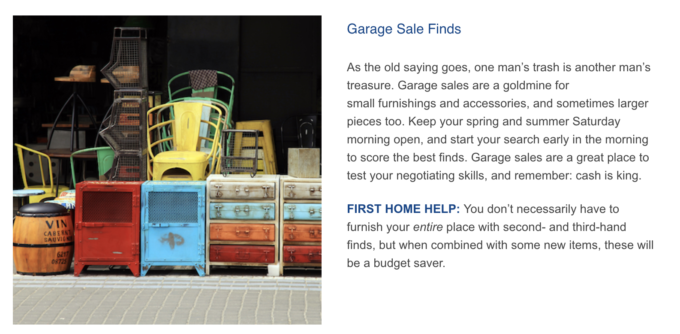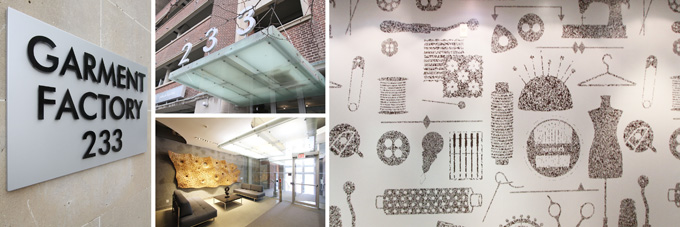How To Furnish Your First Home On A Tight Budget

You’ve just bought your first home, or you’re planning to purchase in the near future. You’re likely on a tight budget, but that doesn’t mean you have to sit on milk crates or sleep on a mattress on the floor. It just means you have to get creative about where to shop for your fashionable finds. Here are seven great places to find fab furniture on the cheap, leaving some money in the bank for those mortgage payments.







SOURCE: blog.remax.ca

















